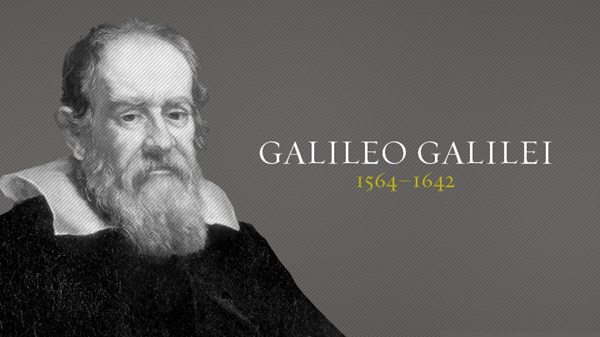The history of telescopes

In this blog we embark on a fascinating journey through time in which we explore the evolutionary development of telescopes. From the first simple lenses to today's sophisticated observatories, every step in this journey has contributed to our knowledge of the universe. In this blog we delve into the world of optical wonders, highlighting the stories behind the greatest inventions and the brilliant minds who created them. We examine the technological advances, scientific breakthroughs and historical context that together shaped the development of the telescope. Whether you're an amateur astronomer, a history buff, or simply curious about the stars above us, The History of Telescopes offers a fascinating perspective on one of the most important scientific instruments in human history.
The Invention of the Telescope
A look at the early history of the telescope, including the contributions of pioneers such as Galileo Galilei and Hans Lippershey.
The invention of the telescope marked a turning point in human history and astronomy. The exact origins of the first telescope are subject to debate, but it is generally recognized that Dutch spectacle maker Hans Lippershey played a crucial role in its early development. In 1608 he patented a viewing instrument that appeared to bring distant objects closer. Although his patent application was rejected because similar instruments existed, his work set the standard for future developments.
Not long after Lippershey's discovery, Italian scientist Galileo Galilei adopted and improved this new technology. In 1609 he constructed his own version of the telescope, considerably more powerful than its predecessors. Galileo's telescope, which could bring objects up to 20 times closer, allowed him to make unprecedented astronomical observations. He discovered the four largest moons of Jupiter, the phases of Venus, the rings of Saturn, and the craters and mountains on the moon. These discoveries were revolutionary and helped support the heliocentric model of the solar system proposed by Copernicus.
The impact of these early telescopes extended beyond science; they challenged existing worldviews and religious doctrines and led to a new understanding of our universe. Both Lippershey and Galileo are remembered as pioneers of optics and astronomy, whose work ushered in a new era of discovery and exploration. Their contributions laid the foundation for modern astronomy and underlined the importance of empirical observation in science. The telescope, once a simple combination of lenses in a tube, became a symbol of human curiosity and our eternal drive to explore the unknown.

Optical Improvements Through the Ages
How the development of better lenses and mirrors has improved the quality and capabilities of telescopes over time.
Throughout the centuries, the development of better lenses and mirrors has played a crucial role in improving the quality and capabilities of telescopes. After the initial inventions by pioneers like Lippershey and Galileo, a relentless quest for optical perfection began, which has fundamentally changed the way we observe the universe.
An important milestone in this evolution was the introduction of the achromatic lens in the 18th century by Chester Moore Hall and independently by John Dollond. This lens, composed of two different types of glass, reduced chromatic aberration - a phenomenon in which light of different colors does not focus in the same spot, resulting in colorful fringes around objects. This invention significantly improved image quality and allowed astronomers to observe more clearly and accurately.
In the 19th century, another significant change occurred with the shift from lenses to mirrors. First popularized by Isaac Newton in the 17th century, the reflector telescope continued to be refined. Mirrors had the advantage that they did not cause chromatic aberration and could be made larger than lenses without significantly sacrificing quality. This led to the construction of larger telescopes, such as the famous Hale Telescope at the Palomar Observatory, which gave us an even deeper insight into the universe.
In the 20th and 21st centuries, further improvements were made in telescope technology. Adaptive optics, a technique in which the shape of the telescope mirror is quickly adjusted to compensate for atmospheric disturbances, has significantly improved image quality from Earth.
At the same time, the development of space telescopes, such as the Hubble Space Telescope, has allowed astronomers to observe the universe without the disturbances of Earth's atmosphere.
These ongoing developments in optical technology have pushed the boundaries of our knowledge and perception. From capturing the first faint images of distant stars and planets to observing in detail exoplanets and the deepest parts of the universe, the evolution of the telescope is a testament to human ingenuity and our never-ending drive to unravel the mysteries of the universe to unravel.





Leave a comment